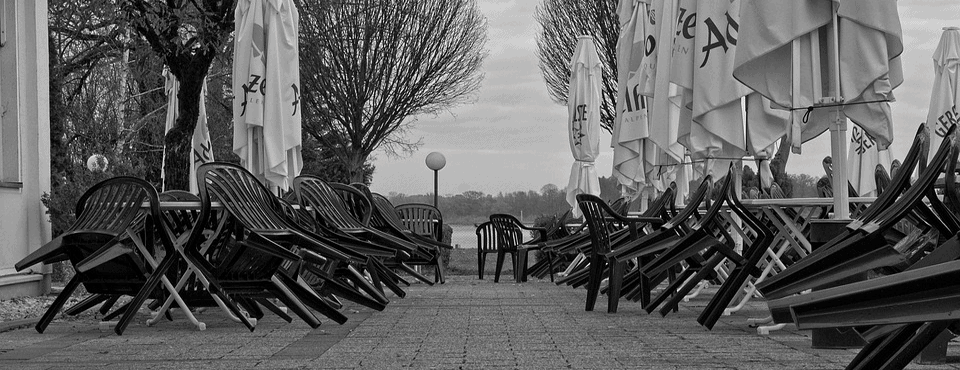
The impact of facemask requirements on shopping streets
Repost from spatialeconomics.nl.
Covid-19 brings about unprecedented economic change. What exactly are the consequences of the policies pursued during the pandemic for retail and, in particular, for shopping streets? That is the question that economists Hans Koster, Jos van Ommeren, Cheng Keat Tang and Nander Bras answer in a recent study. Their research is based on rental income data in combination with unique real-time Wi-Fi data on footfall – i.e., the number of shoppers passing by on a number of locations in the Netherlands. Among other things, they conclude that policies requiring to wear face masks outside – on the streets – decreases the number of visitors by 25%, which means a decrease in revenues of 12%.
One of the sectors most affected by the pandemic is retail trade. This sector includes restaurants and bars, and typically contributes 8-10% to the gross domestic product – and even more in terms of employment. The productivity of this sector is therefore of great importance for the functioning of the economy. In their study, Koster et al. specifically focus on the productivity of shopping streets. The data they used came from Bureau RMC, a Dutch retail consulting firm.
Decrease in revenues
The researchers distinguish between the effects of three policy instruments: (1) lockdowns; (2) face masks requirements; and (3) the six-foot rule. Due to the lockdown, store visits on shopping streets are decreasing by 50%, which means a 25% reduction in revenues. In shopping streets where face masks are also mandatory outside, the number of visitors decreases by 25%, which means a decrease in turnover of 12%. In addition, the six-foot rule leads to a decrease in the number of visitors by about 45%. For all policy instruments, the effects are stronger in dense shopping streets. Finally, the researchers did not find any effect on footfall associated with policies requiring face masks inside shops.
